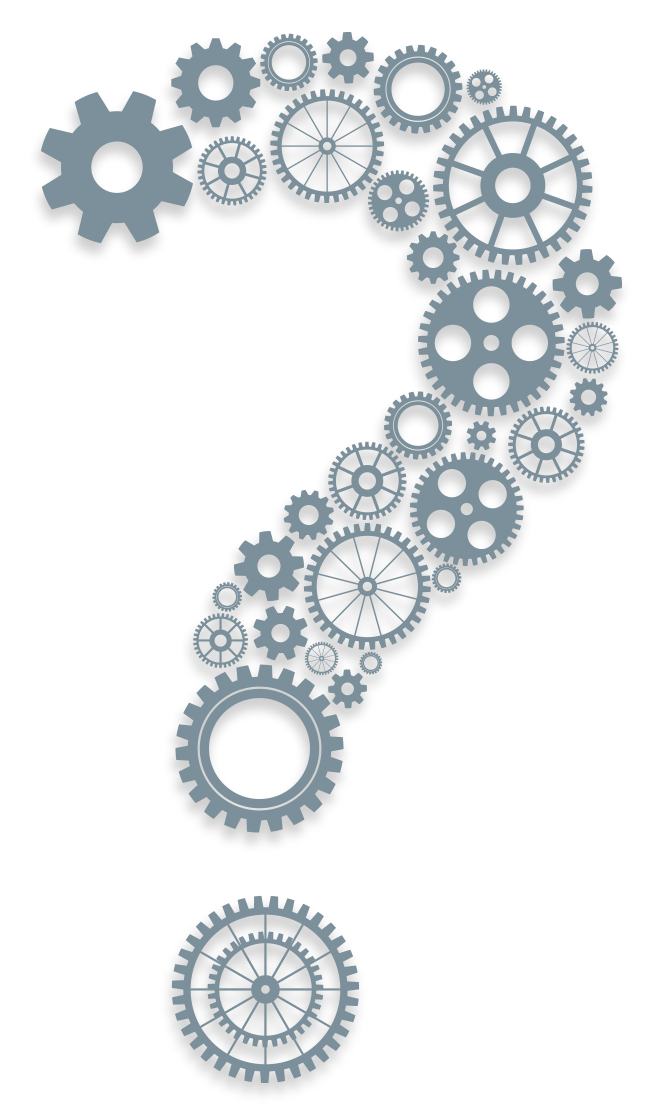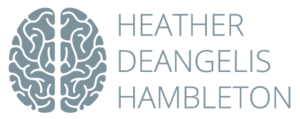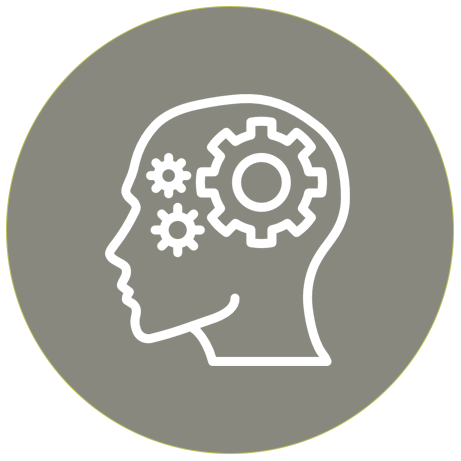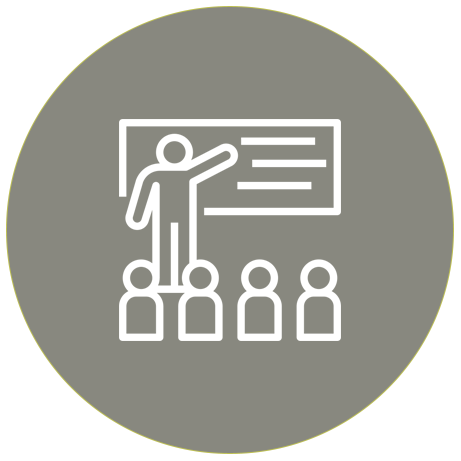Frequently Asked Questions
I see people with depression, anxiety, workplace and relationship issues, as well as people who don’t meet criteria for ADHD, but are still symptomatic. Self-medicating with alcohol, drugs, food and gambling are common when ADHD goes untreated so I treat these issues as well.
Sometimes other disorders co-occur with ADHD, but ADHD is incredibly misunderstood and can be tricky to spot, often masquerading as other problems too. Symptoms of anxiety, depression, bipolar disorder, substance abuse, personality disorders and even marital discord often obscure underlying ADHD and create a barrier to effective diagnosis and treatment. For example, restlessness in ADHD can appear as a product of anxiety. Inactivation and inattentiveness, especially in adult and female ADHD, can look like depression. ADHD, PTSD/trauma and many anxiety disorders can look similar – they all feature an overactive mind and are accompanied by behavior which can sometimes appear erratic and impulsive.
It is my specialty in ADHD which makes me skilled at treating disorders other general practitioners struggle to treat successfully. My own journey with ADHD has made me a diagnostic detective – highly trained in recognizing nuances between disorders and problematic behaviors and issues, and a key factor in obtaining successful treatment.
ADHD is so misunderstood that most people count themselves out upon hearing criteria. So I answer this question by telling you what ADHD is NOT, first.
- ADHD is NOT about attention or distraction →
it is about self-regulation & executive function - ADHD is NOT a mood disorder →
we have normal levels of emotion, we just have trouble regulating them - ADHD is NOT a psychological disorder →
it is a highly hereditable, genetic neurobiological disorder
If a child receives an ADHD diagnosis, there’s a good chance one or both parents have it too.
In the case of twins, if one has ADHD, there’s more than an 80% chance the other twin will have it too.
Attention Deficit Disorder (ADD) / Attention Deficit Hyperactivity Disorder (ADHD) is a neurodevelopmental disorder which impacts the prefrontal cortex of the brain, affecting attentiveness, hyperactivity, impulsivity, cognition, and decision making.
The prefrontal cortex, the CEO of the brain, is in charge of: planning, problem solving, prioritization, working memory (executive function) and controlling emotions, thoughts and behaviors (self-regulation).
Much of the confusion around diagnosis and treatment is due to the lousy name given to the trait long ago. It’s been suggested ADHD’s name be changed to: EFDD (Executive Function Deficit Disorder) or SRDD (Self-Regulation Deficit Disorder), which more accurately describes what ADHD actually is.
The terms are often used interchangeably, and some professionals and authors still use the older term “ADD” when referring to the predominantly inattentive type “out of habit.”
By the late 1980s, the Diagnostic and Statistical Manual of Mental Disorders (DSM), which is the reference book for mental health and brain-based conditions, dropped ADD as a separate diagnosis, leaving ADHD as the catch-all term for diagnosis.
ADD and ADHD, once thought to be two separate disorders, are now considered to be the same condition with three presentations, each with their unique set of symptoms and challenges:
- Inattentive ADHD
- Hyperactive/Impulsive ADHD
- Combined ADHD
Children with ADHD can experience academic failures or delays, difficulties with peers and moderating social situations and oppositional definite disorder or conduct disorder. Adolescent boys are often sent to the Principal; adolescent girls struggle with low self-esteem. Boys are diagnosed more than girls because they’re more likely to “rock the boat” in school. Girls go through school often unnoticed and undiagnosed, while quietly failing/underachieving or experiencing “internal” hyperactivity, which can lead to failures in school and friendships.
Teens with ADHD present unique challenges, when academic and social demands in high school increase. Teens struggle to balance typical adolescent issues like sexuality, dealing with peer pressure, and fostering independence. Teens are prone to risky sexual behavior and substance abuse. Boys can be prone to criminal justice involvement at this stage, girls can be prone to eating disorders or binge eating.
Adulthood can bring about a roller coaster of successes and failures. Low frustration tolerance can lead to workplace issues and substance abuse. Brain fog can lead to decision fatigue and difficulty planning. Rejection sensitivity can lead to emotional impulsiveness and create problems in marriages and relationships. After years of struggling without treatment, ADHD can lead to depression and anxiety related disorders.
Pediatricians are not trained to recognize ADHD because most are untrained in the most basic mental health issues. Most pediatricians enter private practice with only 3 months of psychiatric training – focused on adults in inpatient facilities with severe disorders, not on adolescents or teens.
We used to think ADHD was just for kids. Now we know better. Just like you can’t “get” ADHD, you can’t outgrow it either. It had been thought that approximately ¼ of children can grow out of some symptoms, but not all. However, now we know that even if symptoms appear to decrease as a child ages, he/she doesn’t “outgrow” symptoms as much as they manifest differently over the course of development. Hyperactivity, for example, is hardly seen as a symptom in adolescence and is completely gone by adulthood. But if we look at hyperactivity as internal – a “busying of one’s mind” – we can clearly see how hyperactivity lasts well into adulthood.
ADHD isn’t a deficit of attention as much as it is difficulty regulating attention. The ADHD nervous system is interest-based, not priority-based. This can be confusing to parents (or spouses) when their loved ones can hyperfocus on activities they find interesting, while appearing uninterested or distracted on other tasks they find boring.
They don’t. ADHD affects males and females equally, but girls and women are less likely to be diagnosed. The ratio is currently about 3:1, but the reason for any discrepancy is mostly because female ADHD doesn’t look like we think it should: fidgety, hyperactive, distracted. Inattentive symptoms are much more common among girls and women, are often mistaken for something else, and are almost always difficult to see from the outside.
To get started, send me an email at heather@heatherdeangelis.com.





